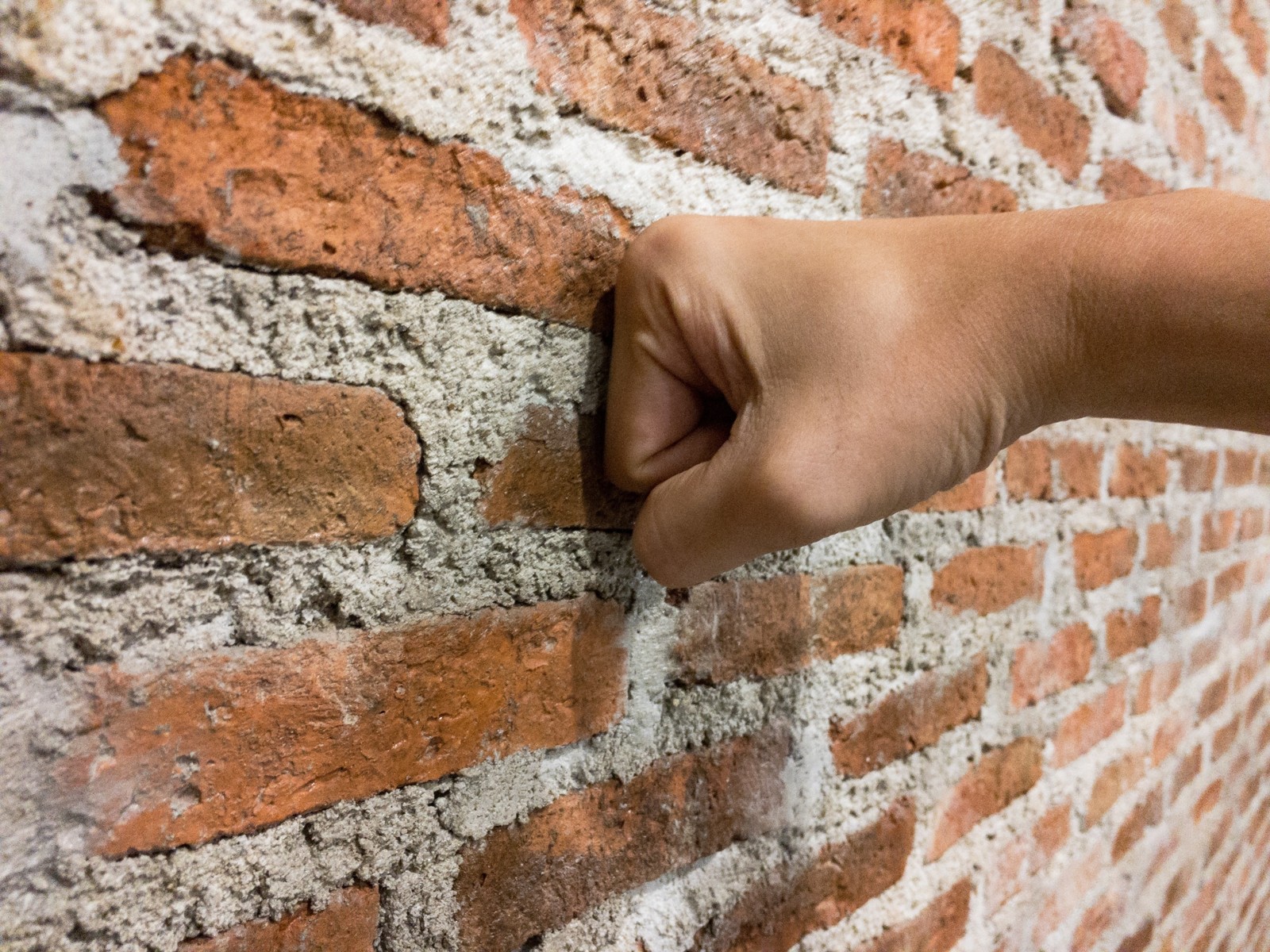

Having an exposed brick wall in a home can produce a feeling of warmth and character, emanating an enviable loft-like feel while maintaining a contemporary atmosphere.
But it can also be a source of frustration. Although durable, exposed bricks and mortar can flake, crumble and require more work than a plastered wall.
If you’re thinking about exposing the brickwork in your home, here are some things to keep in mind.
Eye-catching façade
In addition to structural integrity, an exposed brick wall also creates a fantastic focal point — maybe even saving you from choosing a colour to paint one side of the room.

It brings a brilliant textural contrast to the area, especially as no two bricks are exactly the same. Chips and flaws add character, making the wall more entertaining and helping to create an aura of charm and sophistication.
It also allows for an industrial-chic design; showcasing a structural feature that many houses conceal. Exposed pipes and ductwork, timber, metal surfaces, polished and unpolished concrete - nothing says industrial-chic quite like an exposed brick wall.
Texture and toughness
That warm feeling you get from exposing a brick wall stems from its texture. This is an important interior design element and can quickly set the mood of a room.
Any object with a rough texture, like brick, reflects less light and gives the vicinity a warmer feel. Texture also gives weight to an object, lending itself to a more cosy atmosphere.

A brick wall can also stand up to more abuse than a plastered wall. Although it can chip and crumble, this is the look you’re after anyway — you’ll notice damage a lot more on drywall.
Age
Although brickwork is designed to last a long time, in older homes and structures, the bricks on the inside walls are not as high quality as the ones on the outside of the home.

As the inside bricks were originally designed to be concealed, they’ve often been given less attention by the builders. So they are regularly chipped, bumpy, uneven and flawed — this is important to know before you go stripping the plaster.
Moisture issues and dirt
The brittle texture may make them look great, but bricks are porous which can make them more susceptible to moisture problems and mould.
Moisture within the brickwork makes them more likely to continue cracking, flaking and crumbling. The solution is to replace any missing or crumbling mortar before sealing the wall with a brick sealant.

Its porous nature also makes them more of a magnet for dirt. Not only is it hard to clean, but if it's not sealed, it can absorb cooking oils and other airborne contaminants.
It takes more than your light duster or sponge to keep it sparkling clean. You may need to buy special supplies to avoid damaging the mortar and the surface of the brick.
Energy efficient
If you want to bring that industrial chic into your living room, be prepared to pay for it in your energy bills. Gaps in the mortar can increase your chance of drafts and ruin the insulation in your home.
Most brick walls are covered on the inside to help reduce this effect and also to give it a ‘finished’ look. Admittedly, exposing a small part of your wall is not going to make a big difference, but a larger area is going to reduce the energy efficiency in your home.

If you’re planning on creating that eye-catching brick feature wall, remember to ensure your foundation isn't ancient and give it the proper treatment to help it become a permanent fixture in your home.


